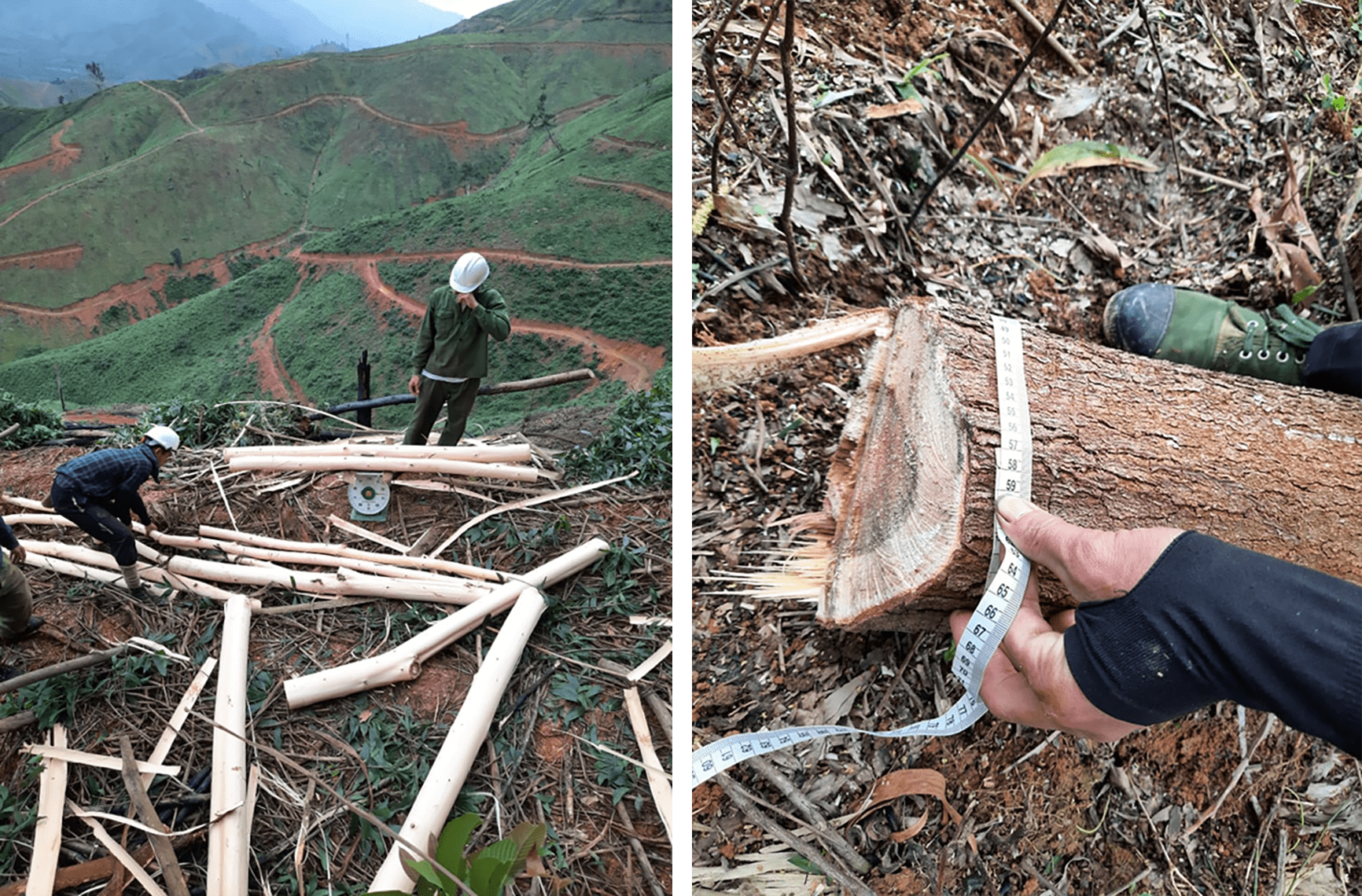

Exploring the potential of biochar from forestry biomass waste in Vietnam’s Acacia plantations
October 21, 2022
The Crawford Fund’s Queensland Committee has again partnered with the TropAg International Agriculture Conference to assist 10 young researchers from developing countries attend and present their science at this international conference which will be held in Brisbane from 31 October to 02 November 2022.
Successful candidates were chosen by a selection panel made up of representatives of The Crawford Fund and the TropAg conference organisers, based on submitted abstracts of their research.
In the lead-up to the conference we will be publishing short blog posts written by the young researchers about their work. Here is the sixth blog.
By Trinh Huynh, University of the Sunshine Coast
I am a PhD student at the Forest Research Institute at the University of the Sunshine Coast. I chose Vietnam to conduct my research because I’m passionate about pursuing studies relating to forestry biomass, especially biomass waste in plantations. This is also one of the most important resources that can be contributed to climate change mitigation.
Harvesting Acacia plantations in Vietnam leaves a huge biomass residue in the field, including bark, branches and foliage. Some minority people use bark and large branches for firewood, and other biomass components are burned. This results in increased release of carbon dioxide into the atmosphere and may contribute to global warming. Biomass residues could instead be used to produce biochar. The Intergovernmental Panel on Climate Change (IPCC) indicates that biochar has unique properties for soil amendments and for sequestering atmospheric carbon dioxide, resulting in long-term mitigation of climate change.

However, there are significant gaps in knowledge and understanding that need to be addressed before such benefits can be realised. These include concerns relating to the estimation of total aboveground biomass from plantations at the harvest age and understanding of forest residues and their potential for producing biochar. My study, therefore, aimed to estimate the theoretical potential for biomass residue conversion to biochar by (i) developing allometric equations for estimating the total aboveground biomass of acacia plantations at harvesting age (7 years old) and (ii) estimating the potential of biomass residue for producing biochar.
Completing this study, I found some important results such as: the average biomass estimated for aboveground biomass is 327.7 tonnes per hectare. Biomass accumulation capacity and distribution differed among tree components. The highest biomass components were stems (75.1%) > small branches and leaves (10.7%) > bark (8.2%) > large branches (6.0%). This implies that approximately 25% of the total harvested tree is left in the field which could potentially be used to produce biochar. Biomass residues (excluding commercial stems) were 78.7 tonnes per hectare which would be equivalent to 33.0 tonnes per hectare of biochar yield.
Findings from this research also contribute to knowledge and practice, as follows: the study has developed accurate allometric equations for estimating total tree aboveground biomass and biomass residues using the simple inventory variable of tree diameter at breast height; provided reliable input biomass data that can be used when modelling the viability of a biochar industry based on forestry residues. These findings provide recommendations for researchers, forestry officers, industry, small landowners, farmers and plantation owners on how to use biomass residues effectively and sustainably.
Trinh’s research has also been supported by a Crawford Fund Student Award, which she recently shared her experience about.




 0
0